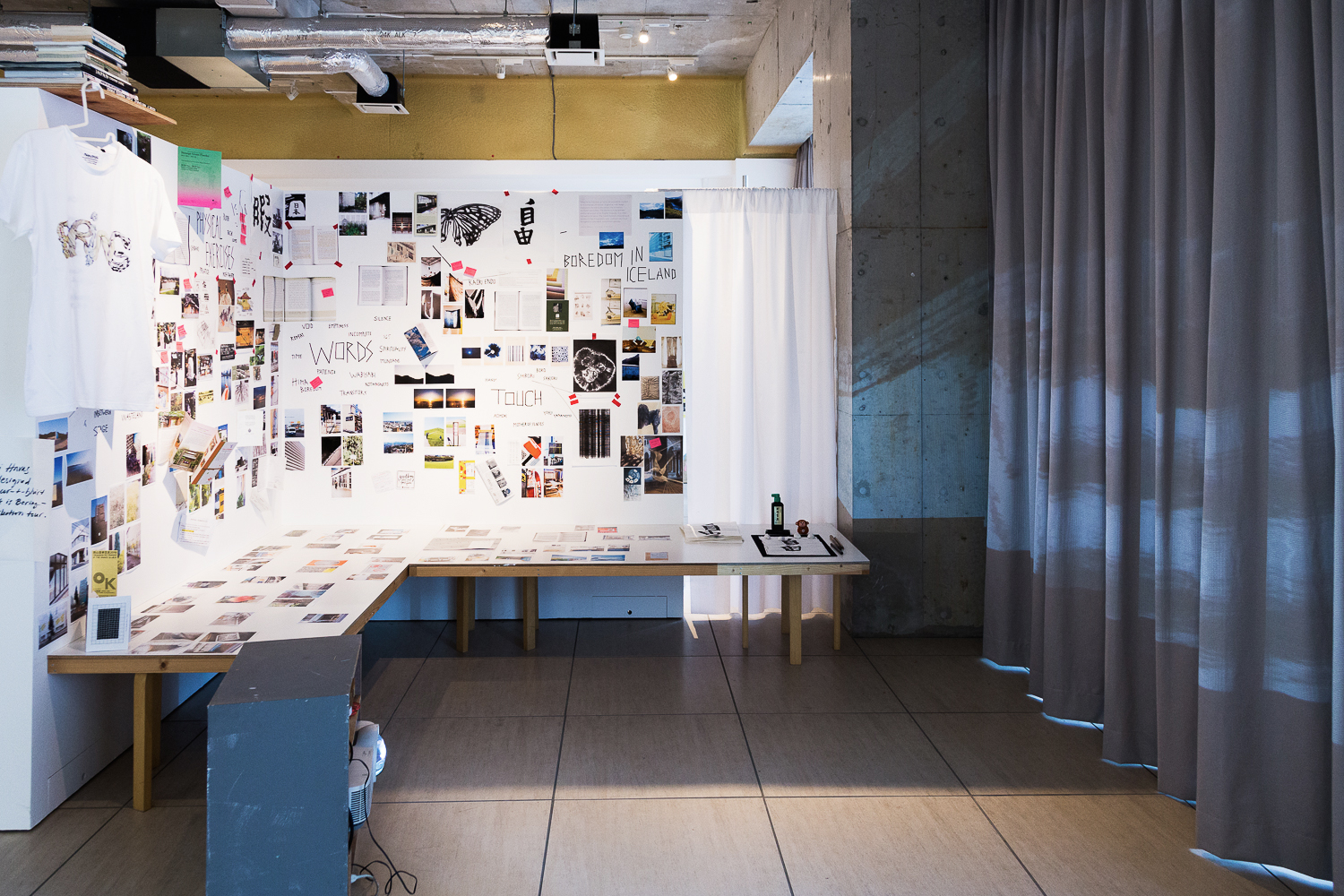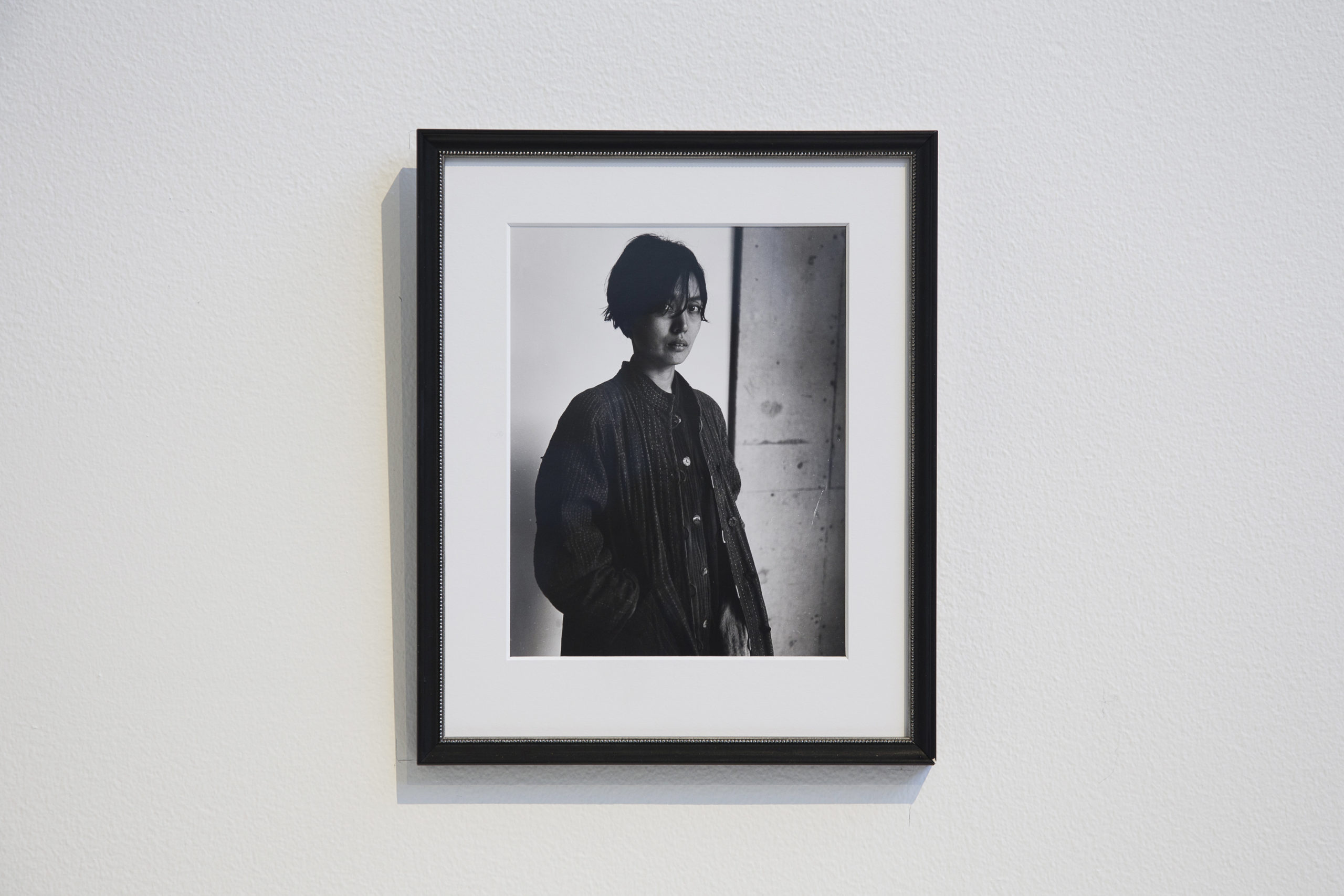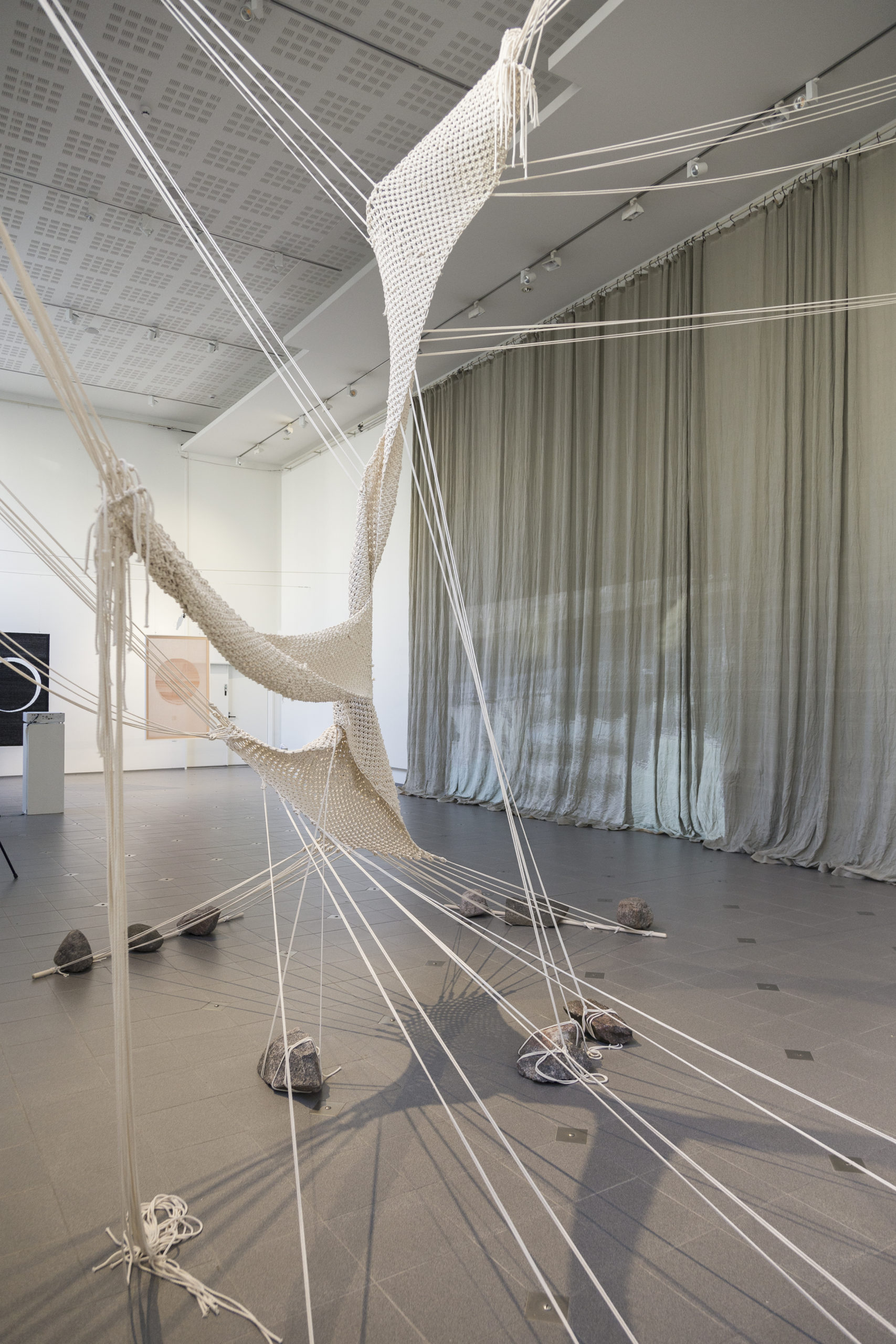12 Oct 2021
Interview
NOORA LEHTOVUORI: ACCEPTING TRANSIENCE AND IMPERFECTION
Two main concepts intertwine in Noora Lehtovuori’s artistic and curatorial work: that of wabi-sabi, or the Japanese notion of incompleteness and acceptance of transience and imperfection, and that of boredom and how we are accustomed to dealing with it in today’s world. Thanks to The Finnish Cultural Foundation, Noora was able to spend three months in Japan in 2019, in order to further explore the Japanese aesthetic, and particularly the concept of wabi-sabi.
WABI-SABI
Noora has been an admirer of the Japanese aesthetic and lifestyle ever since she was a student in England in 2009. During that time, she was especially interested in Japanese design, and her dissertation investigated clothes through a Japanese understanding of space. Years later, she was further pursuing studies, this time at the Valand Academy in Göteborg, Sweden. She realised that the Japanese aesthetic, and especially the concept of wabi-sabi, kept popping up in her thoughts and in her work. However, despite the appeal and allure, the concepts were not too clear to her at that point, and she felt a strong need to travel to Japan to investigate them further.
The opportunity arrived in 2019, when Noora was able to travel to the Tokyo Art and Space residency through a Finnish Cultural Foundation scholarship. She found in Japan a curiosity towards her research on boredom as well as an encouragement to explore the concepts of wabi-sabi through her own practice. A dialogue with the very helpful employees of the residency helped Noora understand a very important aspect of Japanese culture: the idea that in order to understand something, one must practice and experience, try and sometimes fail, yet always learn.
While Noora had initially planned to meet researchers and experts to discuss her subjects of interest, she was encouraged to experience them instead. So, she found herself participating in tea ceremonies and butoh dance theatre classes. She also purchased a rail card and visited Sapporo and Hiroshima, among other places. She visited the Setouchi Triennale and met up with local artists and artisans. She was made to feel welcome, with everyone happily giving her their time and sharing their knowledge. The other residency artists, both Japanese and international, were also eager to discuss, share, and work together.

Tokyo Arts and Space residency Open Studios event, installation view, 2019.
An exhibition at the end of the residency period showcased a map of Noora’s research, complete with a projected video work that combined locality with further travel. Noora’s three months in Japan were extremely busy and vivacious, and full of adventures, thus perfectly reflecting the Japanese learning experience. Did she figure out what the wabi-sabi is, in the end? “It is an eternal process,” Noora laughs. She definitely understood it better through her exploration, her participation, and confluence of events. She realised that while she can immerse herself in the Japanese culture, she will always be looking at it from the outside, from her own culture and life experience. Noora mentions discovering the writings of Minna Eväsoja after her trip to Tokyo, and especially the book Teetaide ja runous – Wabi ja sabi japanilaisessa estetiikassa (which translates as “Tea art and poetry – wabi and sabi in Japanese aesthetics”). In the book Eväsoja points out that while the wabi-sabi is often looked at as one concept in the Western world, it should, actually, be viewed as two separate notions: wabi and sabi.
While the understanding of wabi and sabi will continue throughout Noora’s life, she understands it at this point in time to mean beauty that approaches perfection through imperfection and accepting life as it comes.

Kaori Endo, from the photographic series Sensei, 2020.
BOREDOM
After her graduation from the Valand Academy in 2018, Noora has widely explored the topic of boredom. Prior to her trip to Japan, she spent some time working at an artists’ residency in Iceland. The research Noora undertook during that residency period formed the foundations of a touring exhibition titled Life is dangerous. In its 2020 twin exhibition, titled Life is boring, Noora and her collaborators investigate boredom and being bored in contemporary society in a series of events. In the exhibition Lehtovuori is looking for and reflecting on boredom in collaboration with various artists and creators: in Kannelmäki with Anne Törnroos, in Oulu with Lin Chih Tung, in Kauhava with Oula Rytkönen, and in Berlin with Hannah Bohnen. Each artist has a different approach to the theme, with different strengths, but they all have one thing in common: they see much potential in feeling bored.

Life Is Boring exhibition at Kanneltalo gallery, installation view, 2020. Macrame sculpture by Noora Lehtovuori.
The touring exhibition Life is boring was initialised immediately after Noora’s Tokyo residency, and some of the themes investigated are a direct response to the Japanese lifestyle that she experienced. For example, they practice together with curator Lin Chih Tung slow walking in the gallery setting which was inspired by Japanese butoh performance. The exhibition toured in Finland (with one event in Berlin), but there is definitely enough research material for further installations to an even wider audience. Noora recently presented the work at the Royal College of Art in London, and there is a publication planned.
Two years have now passed since her residency trip to Tokyo Art and Space, and while some of the experiences resulted in immediate reactions that became evident in her work upon her return, some others curled up like a ball of yarn that she has only recently begun to unravel. Currently, Noora is finalising her curatorial studies at the Praxis master’s programme at the Academy of Fine Arts in Helsinki. Her master’s thesis deals with dialogue in curating, and it has also been influenced by Japanese culture and thinking. Therefore, the time is perfect for going through the photos taken during those intense and lively three months two years ago.
Finnish Cultural Foundation’s residency programme is maintained and developed in collaboration with HIAP – Helsinki International Artist Programme.
Photos provided by the artist.
More:
https://nooralehtovuori.com
https://www.instagram.com/n.lehtovuori/
